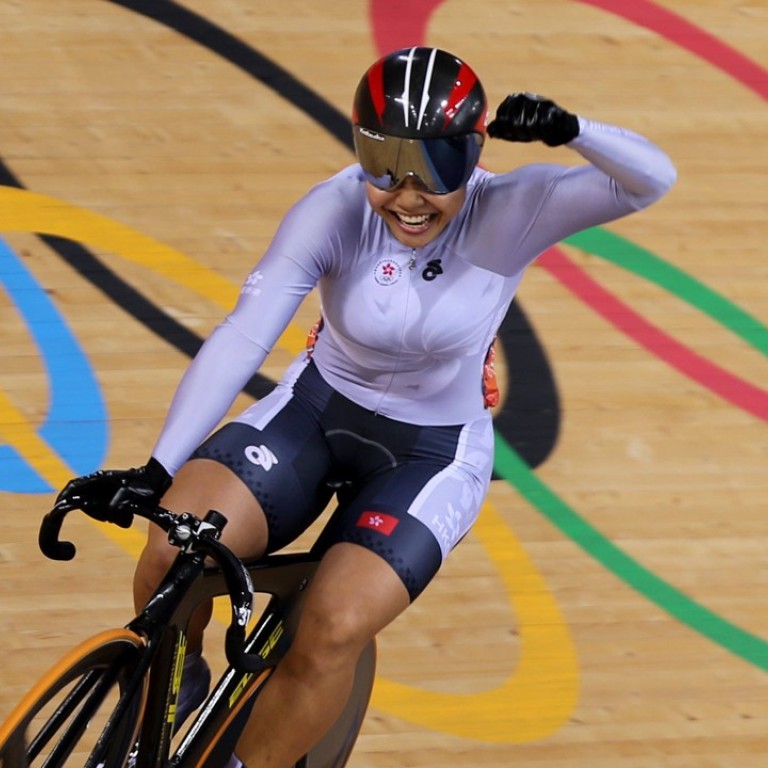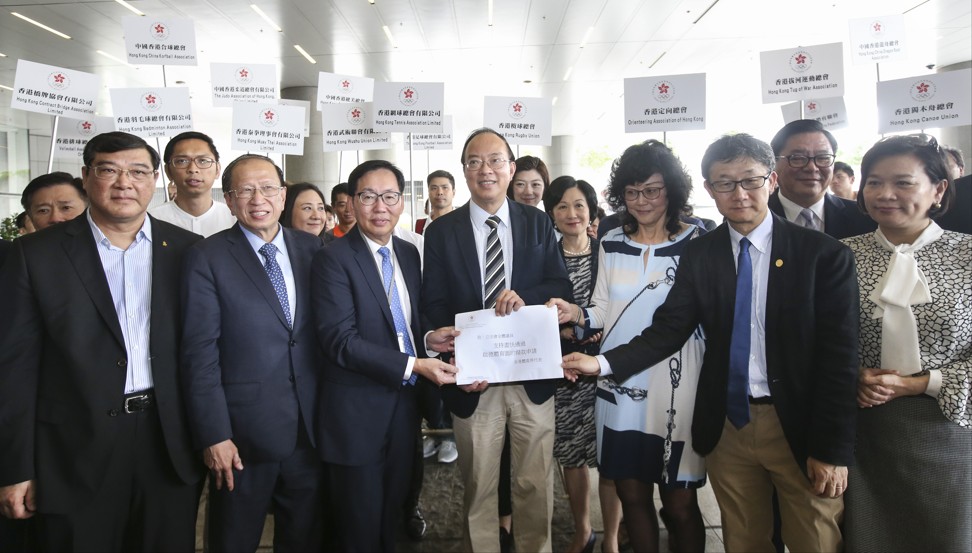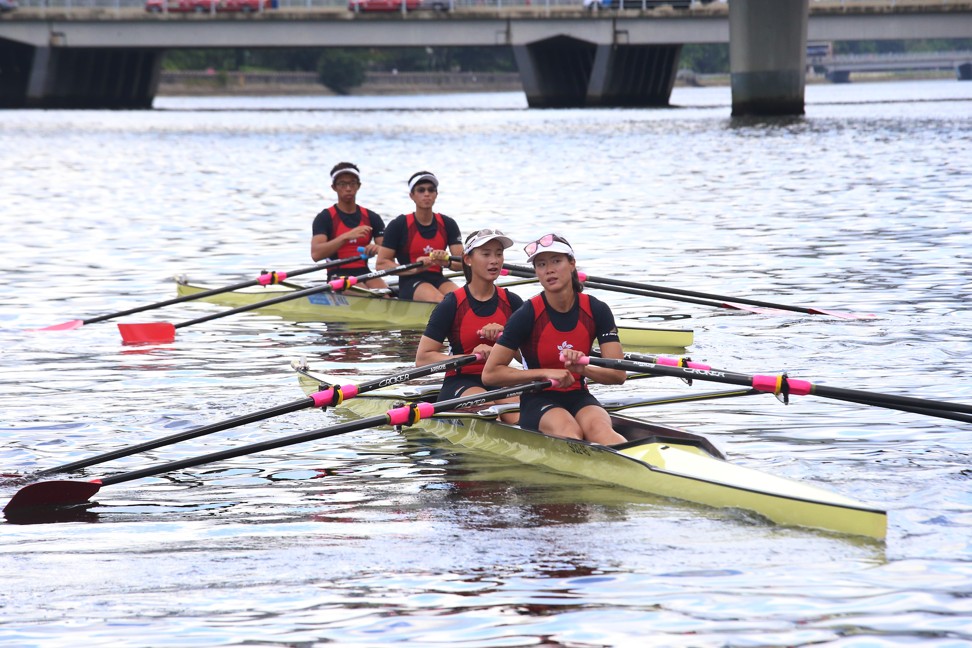
Are the Hong Kong Sports Institute’s selection criteria holding the territory back from winning more international medals?
The city continues to struggle on the international stage, but is it working towards developing more realistic competitors or on the wrong track completely?
That may seem quite surprising considering recent performances on the international stage show the city’s athletes still struggle against the world’s best.
The Rio Olympic Games last year, featuring 28 sports, offered Hong Kong a realistic expectation of at least a smattering of podium finishes.

Two decades ago, 12 sports enjoyed the privilege of being classified “focus sports”. They received additional government financial support to run a comprehensive training programme at the Sports Institute in Fo Tan with coaching services, training facilities, sports science and sports medicine support, athletes’ career and education services and other kinds of assistance.
Apparently, these 12 sports have gained benefits from the programme which carries them forward over these years and can remain at the Sports Institute as they are now called “tier A” sports.
On top of these 12 sports – athletics, badminton, cycling, fencing, gymnastics, rowing, squash, swimming, table tennis, triathlon, windsurfing and wushu – seven more have joined the elite ranks at different stages: billiard sports, rugby sevens, karatedo, skating, sailing, tennis and tenpin bowling.
The 19 sports have 340 full-time athletes under their programmes, plus another 400 part-timers and 200 potential athletes.
In 1997, the total number of scholarship athletes, full- or part-time inclusive, was under 300.

For instance, the success of Chinese table tennis can be partly attributed to the vast number of training partners in the national team set-up, as players can benefit from playing against a variety of styles and approaches.
When Miu Hirano of Japan beat three Chinese women, including reigning Olympic champion Ding Ning, to clinch the Asian singles title in April, the mainlanders immediately set up a “Hirano target group”, using three Chinese players with similar styles to imitate the 17-year-old Japanese during training. Three weeks later at the world championships, Hirano was eliminated by Ding in the semi-finals.
The growth in the number of elite sports, however, has largely been brought about by the application over the last two decades of selection criteria that aim to measure performances against Asian counterparts. With growing government financial support since the handover, it is possible for the sports to succeed at the regional international level (government subvention to the now-dissolved Sports Development Board was HK$78 million for 1996-97, while the Sports Institute received HK$400m from the government’s Elite Athletes Development Fund for 2015-16).

Triathlon is an example. After failing to win a medal at the 2014 Incheon Asian Games, it was kicked out of the elite programme for failing to meet the required criteria for two consecutive review periods. But the sport returned to the fold in April on the back of a series of good results at Asian level over the last two years.
Tony Yue Kwok-leung, chairman of the government’s Elite Sports Committee, said it was time to look into the current Elite Vote Support System which has been used for a long time.
“Hong Kong athletes are making good progress on the international stage and as a result there is also a growing awareness of sports in the community. Many people also support the construction of the Sports Park,” said Yue, who is also a vice president of the Olympic Committee and Table Tennis Association chairman.
“We want to see more sports attain the benchmark so they can run a comprehensive training programme to lift their standard, but at the same time we are using public money and need to be fair and objective when conducting the review.
“There is always room for improvement of any system and we are working closely with concerned parties on this, but the basic principle is to keep inspiring the athletes to pursue their goals at the highest level such as the world championships or the Olympic Games.
“Athletes may be tempted into complacency feeling, perhaps, that achieving the status of an elite athlete is their pinnacle, but we want them to develop into real medal contenders against the best in the world.”

